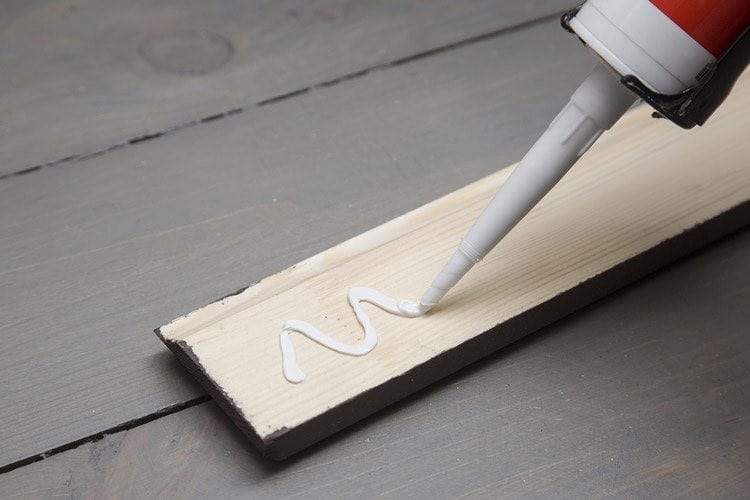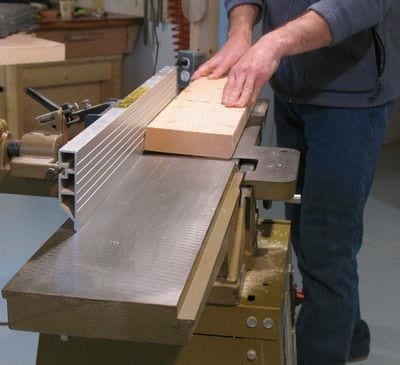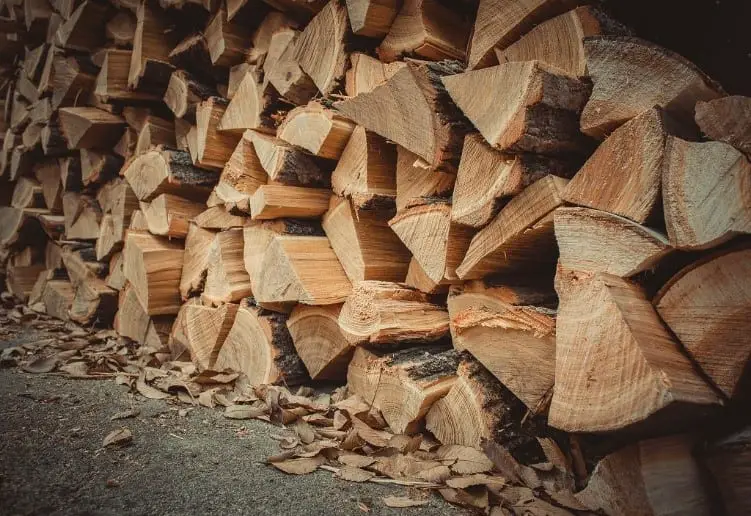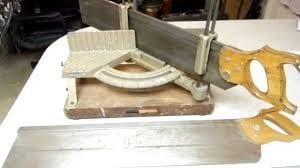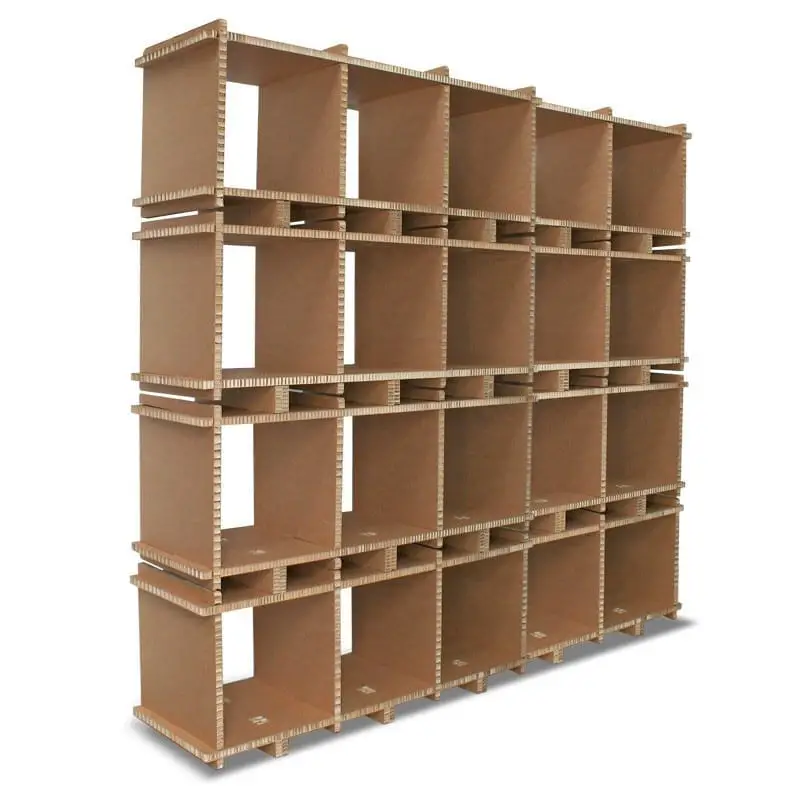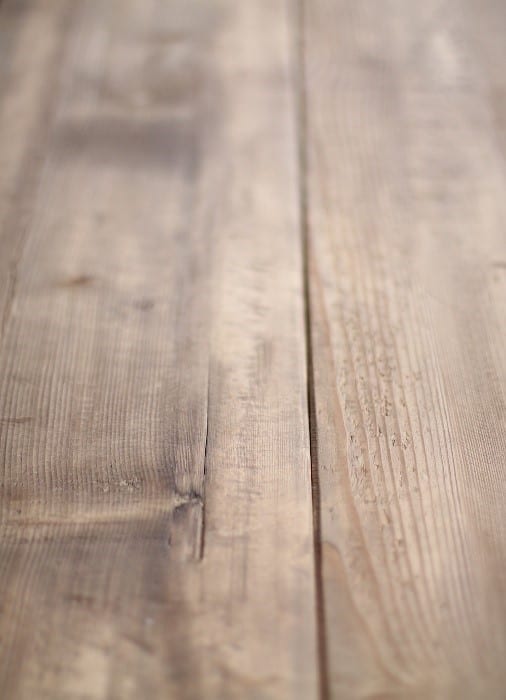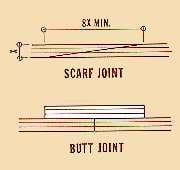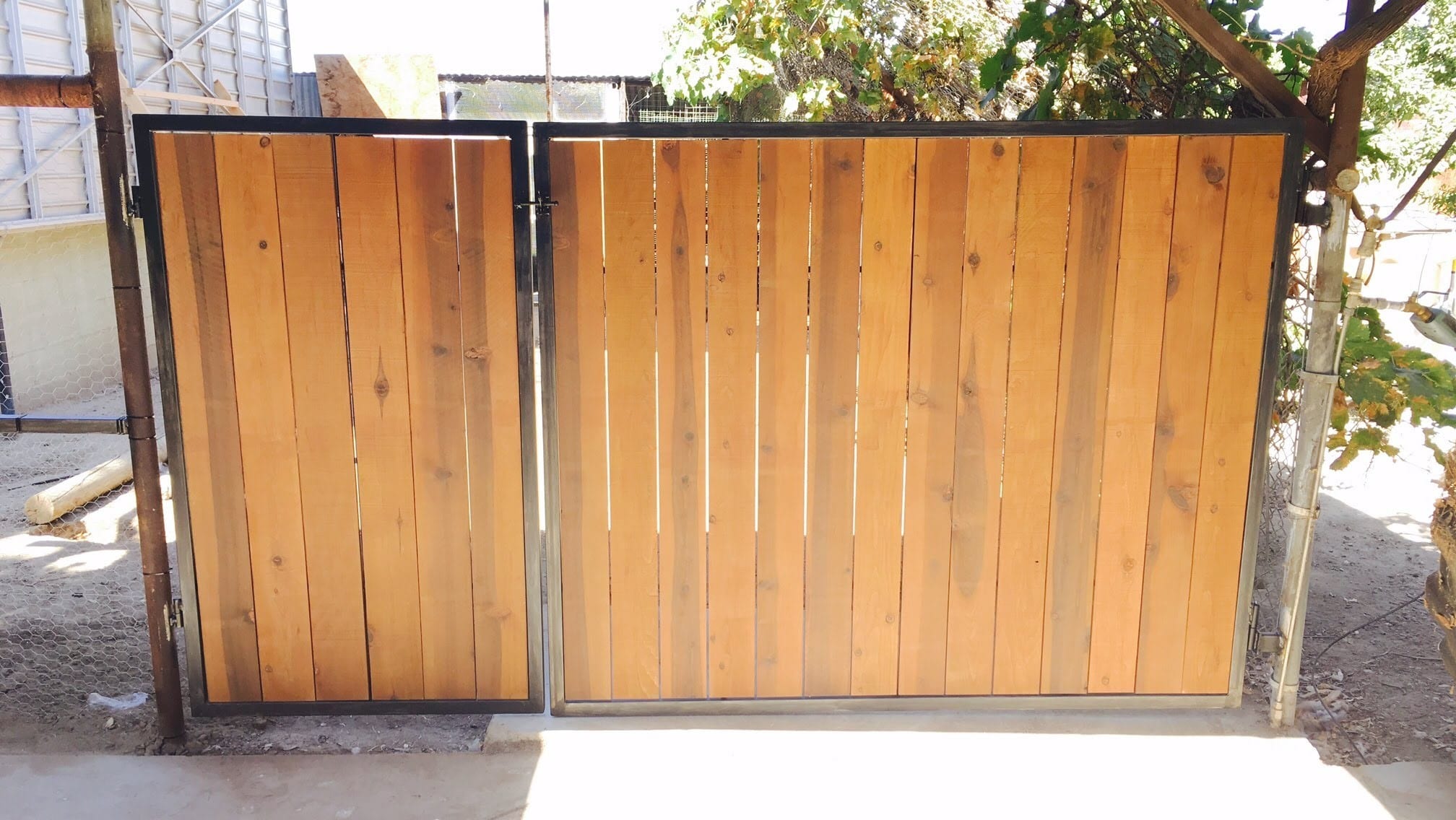Wood glue is used together with nails, screws and other connecting hardware to connect two pieces of wood together. With wood glue, you will be able to seamlessly connect wood and keep the two pieces together for a very long period of time. And the best way to work with wood glue is to be patient. You must give it time to dry before installing hardware or connectors.
When is wood glue ready?
To give a quick answer, you may need to wait for at least an hour before you remove the clamps that hold the two glued wooden pieces together. This is during ordinary conditions. This would be enough time for the wood glue to completely dry.
There are several different types of wood glue:
- urea formaldehyde resin adhesives
- animal glues
- polyvinyl acetate
- resorcinol formaldehyde resin glue
- phenol formaldehyde resin
- polyurethane glue
- epoxy
- cyanoacrylate
- contact cement and more.
But no matter what type of glue you are using, there are some general tips to consider to help glue dry faster.
How much clamp pressure is needed to bind two wooden pieces together?
Wood glue is in its best strength in thin and consistent glue lines. Just enough clamping pressure to produce a small amount of squeeze-out is needed to bind two wooden pieces together. A glue bottle with a special tip to let the glue flow out better is a good idea. Higher temperature, drier wood, and lower humidity quicken drying time; while lower temperature, wetter wood, and higher humidity slow down drying time.
For well-matched wooden pieces glued under ideal conditions, leave the clamps on for at least an hour. For assemblies that require need strong clamping pressure, such as bent laminations, leave the clamps for 24 hours. This is enough time to let the glue achieve its full strength.
How can I tell if my glue is still good?
A wood glue will bond strongly as long as it remains fluid. If it develops into a stringy or rubbery or rubbery consistency then it cannot be restored to a normal viscosity despite stirring. This should be discarded. When glue no longer flows out from the bottle evenly, it won’t bond properly.
How to use wood glue
Here are a few tips to help you use wood glue properly for all types of woodworking projects
Always use new glue
The age of your glue affects its performance, therefore, it’s always better to use new glue. If you have to purchase glue, just buy enough for a present project. There’s no use keeping so much glue if you don’t have any use for it in the future. But if you are going to use wood glue that’s in your storage or garage for a long time, make sure that it is not expired or is not close to expiring.
Never dilute your glue
Never water down your glue to in an effort to dry it faster. The diluted glue will just saturate your pieces making your pieces hard rather than sticky and ultimately ruining your adhesive bond.
Work in a well-ventilated area
Work in a well-ventilated space because airflow can improve drying time. Drier air can also help. Therefore if you live in a more humid climate it is highly recommended that you use a dehumidifier.
Apply wood glue thinly
If you want fast-drying wood glue then you must not apply it in thick blobs. This will take much longer to dry. A thin amount of glue will suffice. Take note that a warm environment will help dry glue faster because warm air will be able to absorb more water. You may use a hair dryer or a blower on low setting if you want to dry glue fast.
Use clamps
So glue can set properly and the pieces are in the right spot you should use a clamp. Place clamps to hold the pieces in the exact spot for hours.
Conclusion
How long does wood glue dry? Given the right drying conditions, wood glue can dry in just an hour. Consider using wood glue and working in a well-ventilated area for optimum performance of your glue. You must only apply a thin layer of glue and to use clamps if necessary.
